The options for clean energy such as solar, heat pumps and electric vehicles (EVs) are becoming less expensive, more readily available and easier to use. The recent report, Clean Energy Across America by Environment America, advocates for continued state and federal incentives for clean energy, noting that it has been embraced by millions of people in all fifty states.
Environment America is a federation of state-based environmental advocacy organizations. While a previous report The State of Renewable Energy, tracked growth trends of six clean energy technologies by state, this most recent report tracks individuals by state who have adopted clean technologies including solar, EVs, battery backup systems.
The report finds that 5 million U.S. households have installed residential solar, which is more than one out of every 30 customers. It finds that the number of registered EVs has more than tripled in four years, with 5.8 million electric and plug-in hybrid vehicles on the road at the end of 2024. Additionally, more than 3.5 million people have purchased clean energy through their power providers, such as through community choice aggregation.
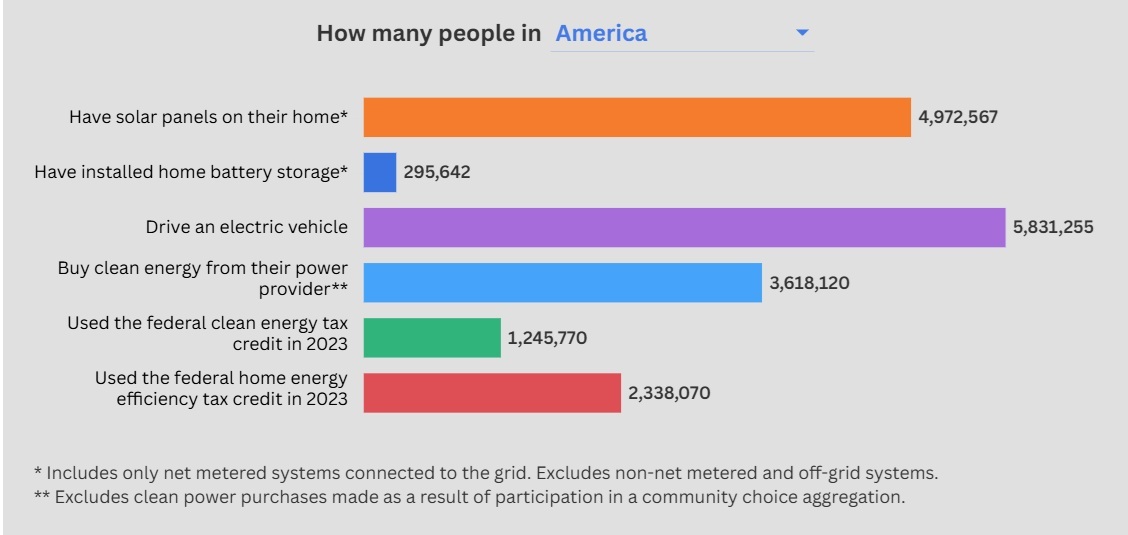
As an advocacy organization, the report points out that in 2023 approximately 2.3 million claimed the energy efficiency home improvement credit and 1.2 million claimed the residential clean energy credit, both of which will be terminated at the end of this year.
The report includes a series of charts that show the proportion of each state’s population that have taken specific steps to adopt clean energy. The chart below shows the per capita adoption of solar energy by state, with the state boxes sized according to adoption.
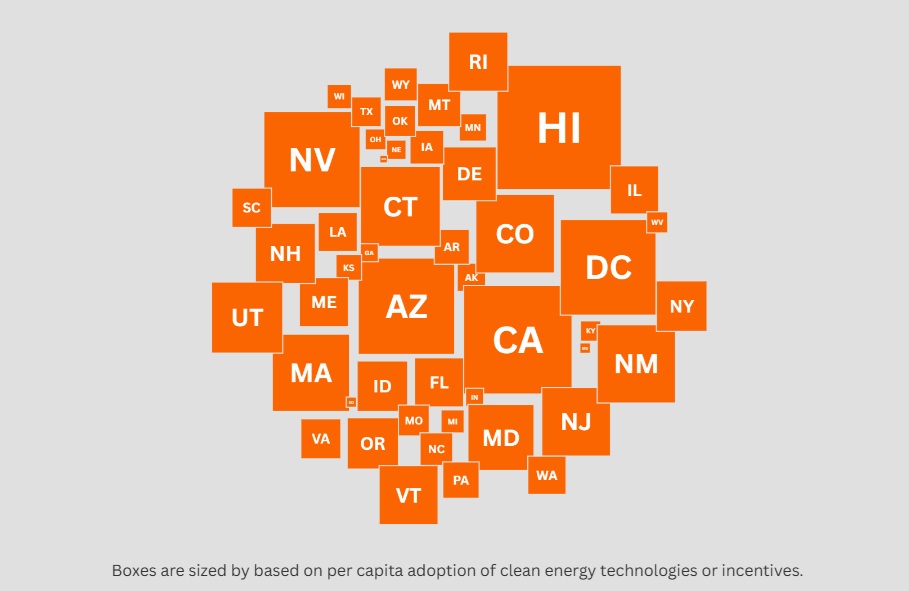
The report advocates for removing obstacles to adoption such as “onerous permitting requirements,”, stating that they hinder homeowners from installing solar panels, heat pumps or other clean energy technologies. It calls for policies such as net metering and recommends that utility rate structures do not disincentivize the adoption of energy-saving technologies. Overall, the report shows the interest in clean energy and advocates for tax credits and other incentives that will reward people for choosing clean energy options.
The data on residential solar and battery storage customers is based on December 2024 figures from U.S. Energy Information Administration. The number of registered electric vehicles in 2024 is derived from Alliance for Automotive Innovation, Get Connected Electric Vehicle Quarterly Report, 4th Quarter, 2024. The number of electricity customers in each state engaging in voluntary purchases of renewable electricity is based on 2023 data from the National Renewable Energy Laboratory. The number of taxpayers claiming the residential clean energy tax credit and the energy efficiency tax credit in 2023 was obtained from the Internal Revenue Service, SOI Tax Stats – Clean Energy Tax Credit Statistics.
This content is protected by copyright and may not be reused. If you want to cooperate with us and would like to reuse some of our content, please contact: editors@pv-magazine.com.
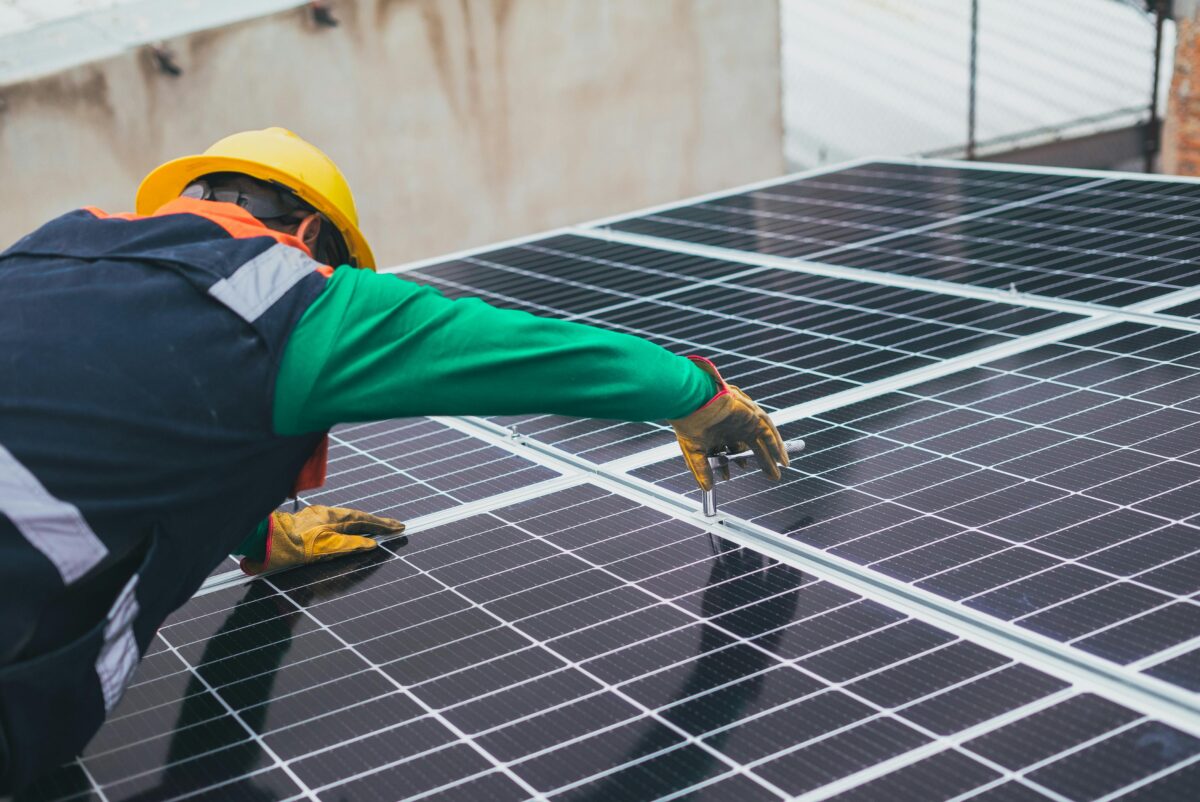
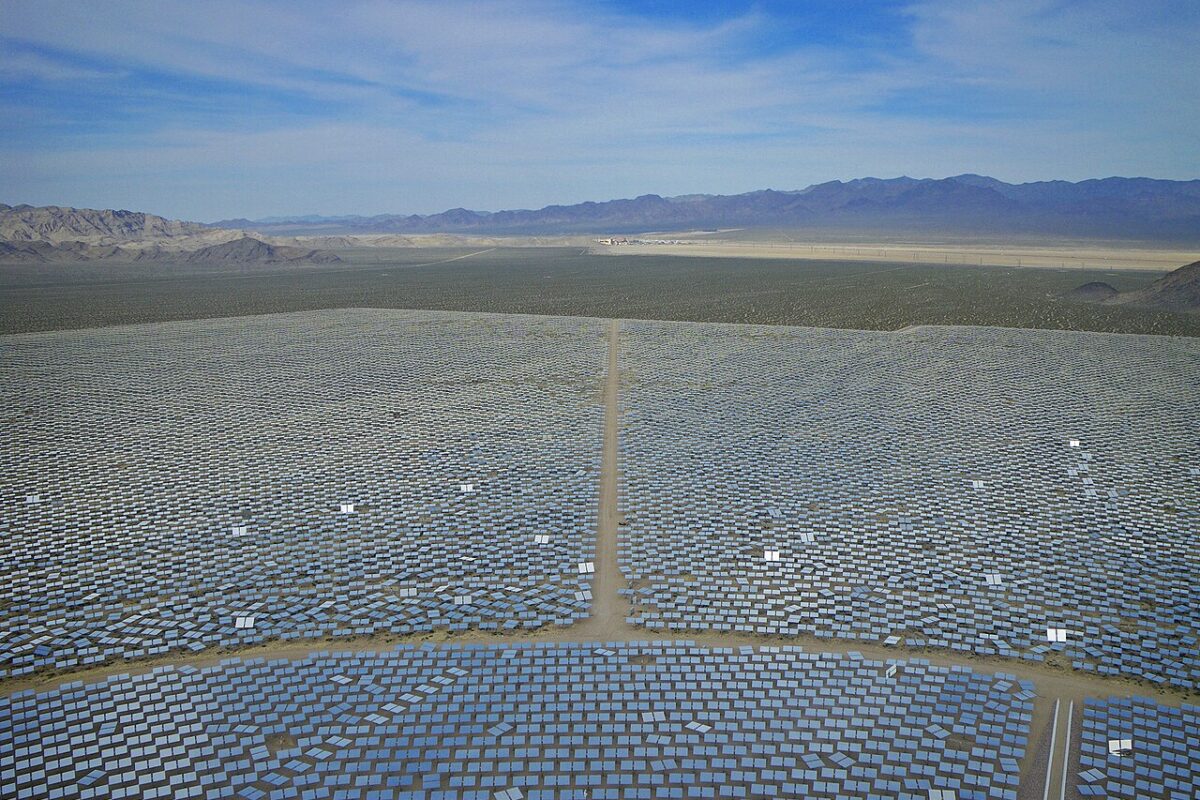



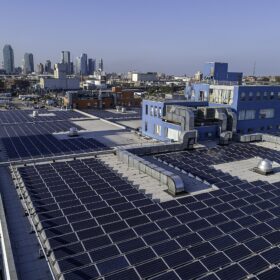
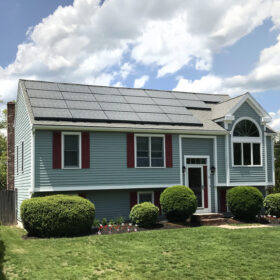
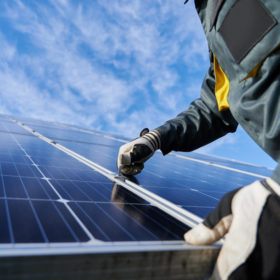

By submitting this form you agree to pv magazine using your data for the purposes of publishing your comment.
Your personal data will only be disclosed or otherwise transmitted to third parties for the purposes of spam filtering or if this is necessary for technical maintenance of the website. Any other transfer to third parties will not take place unless this is justified on the basis of applicable data protection regulations or if pv magazine is legally obliged to do so.
You may revoke this consent at any time with effect for the future, in which case your personal data will be deleted immediately. Otherwise, your data will be deleted if pv magazine has processed your request or the purpose of data storage is fulfilled.
Further information on data privacy can be found in our Data Protection Policy.